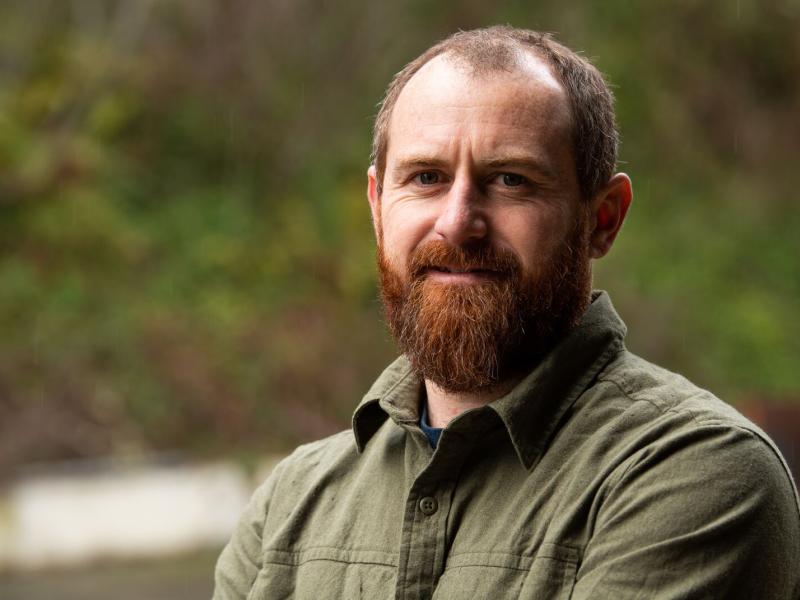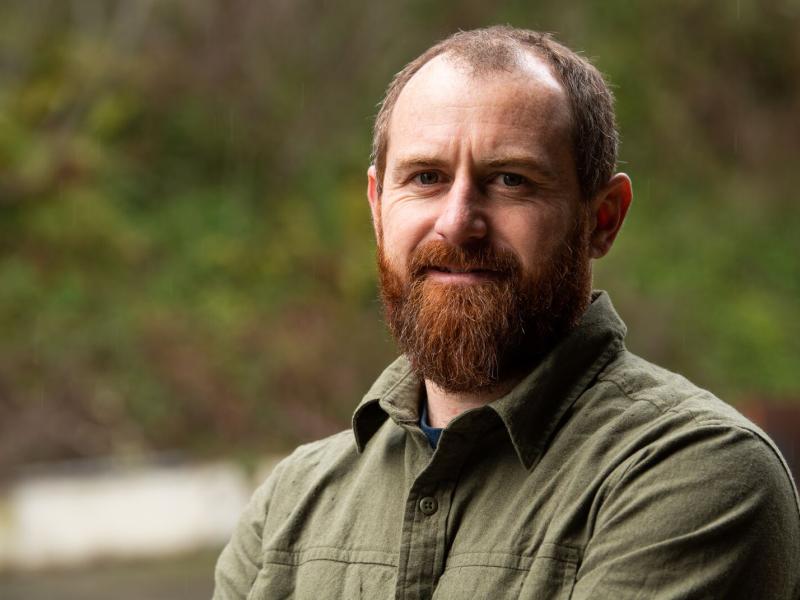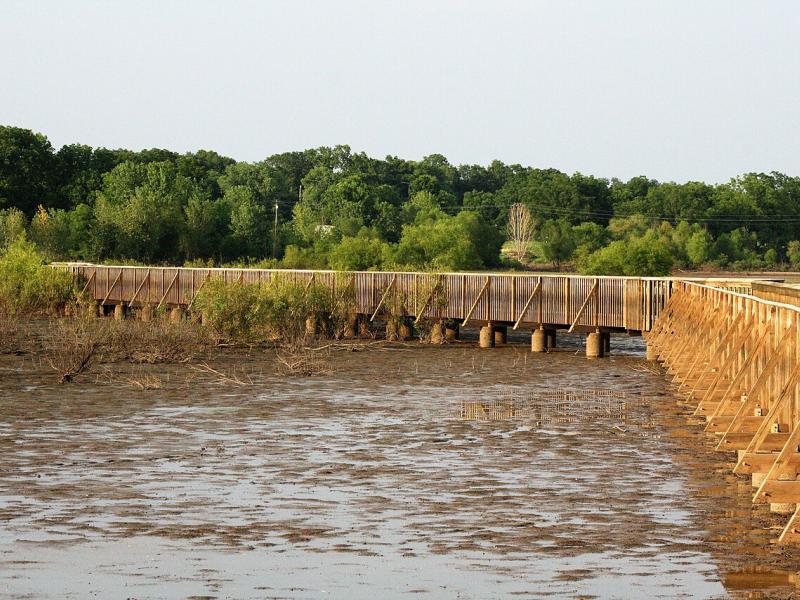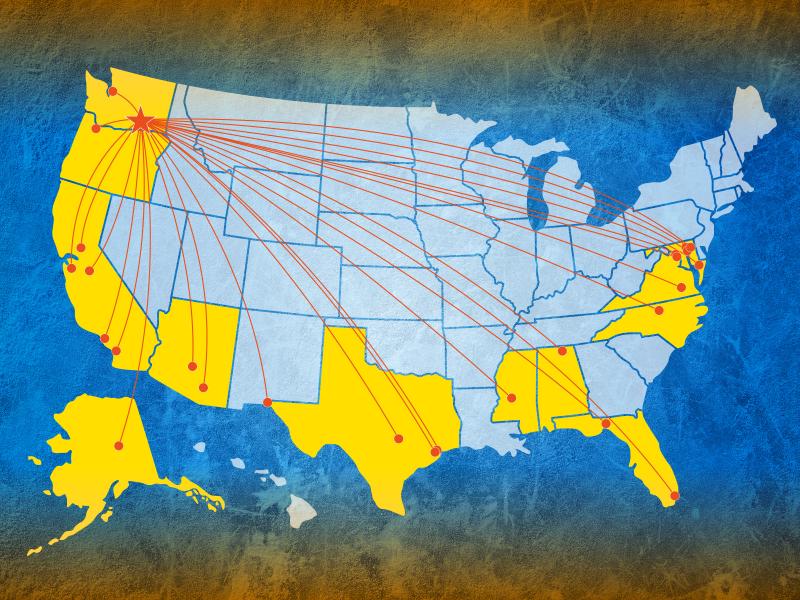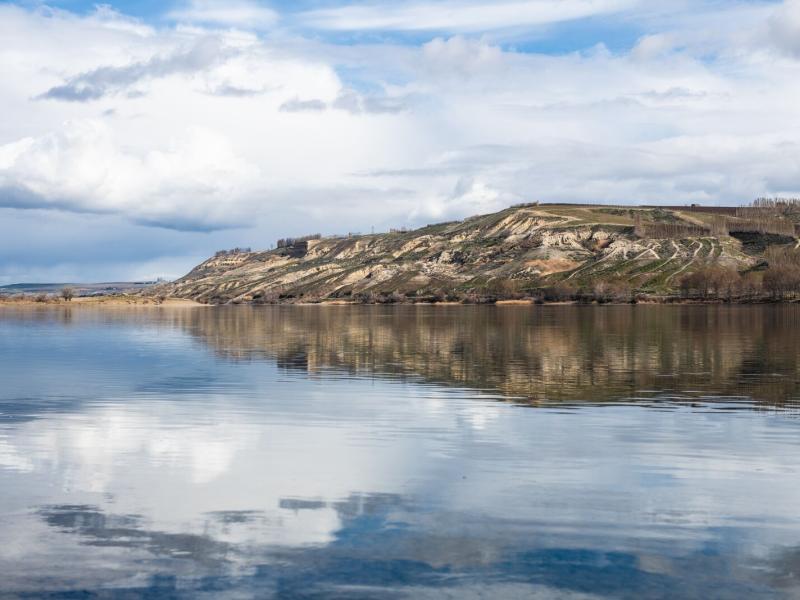
Ecosystem
Science
Ecosystem
Science
Understanding how dynamic
living systems influence—and
respond to—Earth processes
Understanding how dynamic
living systems influence—and
respond to—Earth processes
Drone footage of the Columbia River.
Studying an ecosystem—a community of organisms and the interactions that sustain life—reveals how organisms generate energy, exchange nutrients, reproduce, and grow within a habitat that has unique physical and chemical influences.
Because of these interconnections, understanding ecosystems requires a multiscaled and interdisciplinary approach.
With deep scientific expertise, world-class equipment, and a collaborative culture, Pacific Northwest National Laboratory (PNNL) researchers study ecosystems in detail to better understand and predict how they function and respond to change.
A focus on terrestrial processes
PNNL’s ecosystem science research supports the priorities of the Department of Energy’s Biological and Environmental Research program. Our scientists work to improve Earth system models and inform national strategies to protect natural resources and infrastructure. The effort focuses on advancing knowledge across domains.
Researchers at PNNL study the ecosystems of soil, the plant–soil interface, extreme environments, biofilms, surface water, and dynamic subsurface environments where groundwater and river water mix. In every case, complex biogeochemical dynamics are in play.
A key area of focus is the exchange of water between rivers and their surrounding subsurface environments, which is critical for watershed function. PNNL researchers are examining how these exchanges influence water quality, nutrient dynamics, and ecosystem health in river systems, beginning with studies within the Yakima River basin.
These studies are supplemented by distributed observations across the contiguous United States and globally through the Worldwide Hydrobiogeochemistry Observation Network for Dynamic River Systems (WHONDRS) that studies river corridors across diverse environments.
Increasing knowledge through detailed analysis
Investigating complex alliances of chemical, physical, hydrologic, and metabolic forces requires an array of genomic, mass spectrometric, computational, and molecular-probe technologies. Researchers make detailed analyses at the Environmental Molecular Sciences Laboratory, a Department of Energy user facility located on the PNNL campus.
As centers of biogeochemical interactivity, ecosystems have profound effects. Their primary living residents, bacteria and archaea, make up 60 percent of Earth’s biomass and account for most of its species diversity. Microbial systems generate 60 percent of respiration from terrestrial habitats, recycle elements and electrons, and prompt much of the planet’s biogeochemical change. PNNL researchers identify, measure, and model these ecosystems as they respond to perturbations, including cycles of wetting, drying, and warming.
One of PNNL’s science focus areas is identifying sentinel biomarkers in living soil systems to better understand how microbiomes respond to changing moisture. These changes have implications for the productivity and fertility of soil.
Across models and scales
PNNL leads the COMPASS-FME project (Coastal Observations, Mechanisms, and Predictions Across Systems and Scales: Field, Measurements, and Experiments)—draws on experts in soil science, ecology, and biogeochemistry at PNNL including staff at the Joint Global Change Research Institute and the Marine and Coastal Sciences Laboratory, as well as scientists at other national labs and institutions.
COMPASS-FME explores coastal ecosystem changes across scales from microbes to ecosystems in space and time. Environmental pressures like drought, storm surges, and sea level rise can disrupt the availability of freshwater and alter ecosystem function. These shifts affect ecosystem state and the ability of these landscapes to withstand new disturbances.
To address knowledge gaps in ecosystem interaction, researchers use autonomous and manual data generation, large-scale ecosystem experiments, and multiscale modeling to simulate and predict ecosystem processes. PNNL’s integrative approach allows for better predictions of ecosystem resilience.
Similar to an ecosystem, PNNL is its own community—one that houses the collaborative researchers providing the foundations for solving today’s most pressing energy and environmental challenges.
